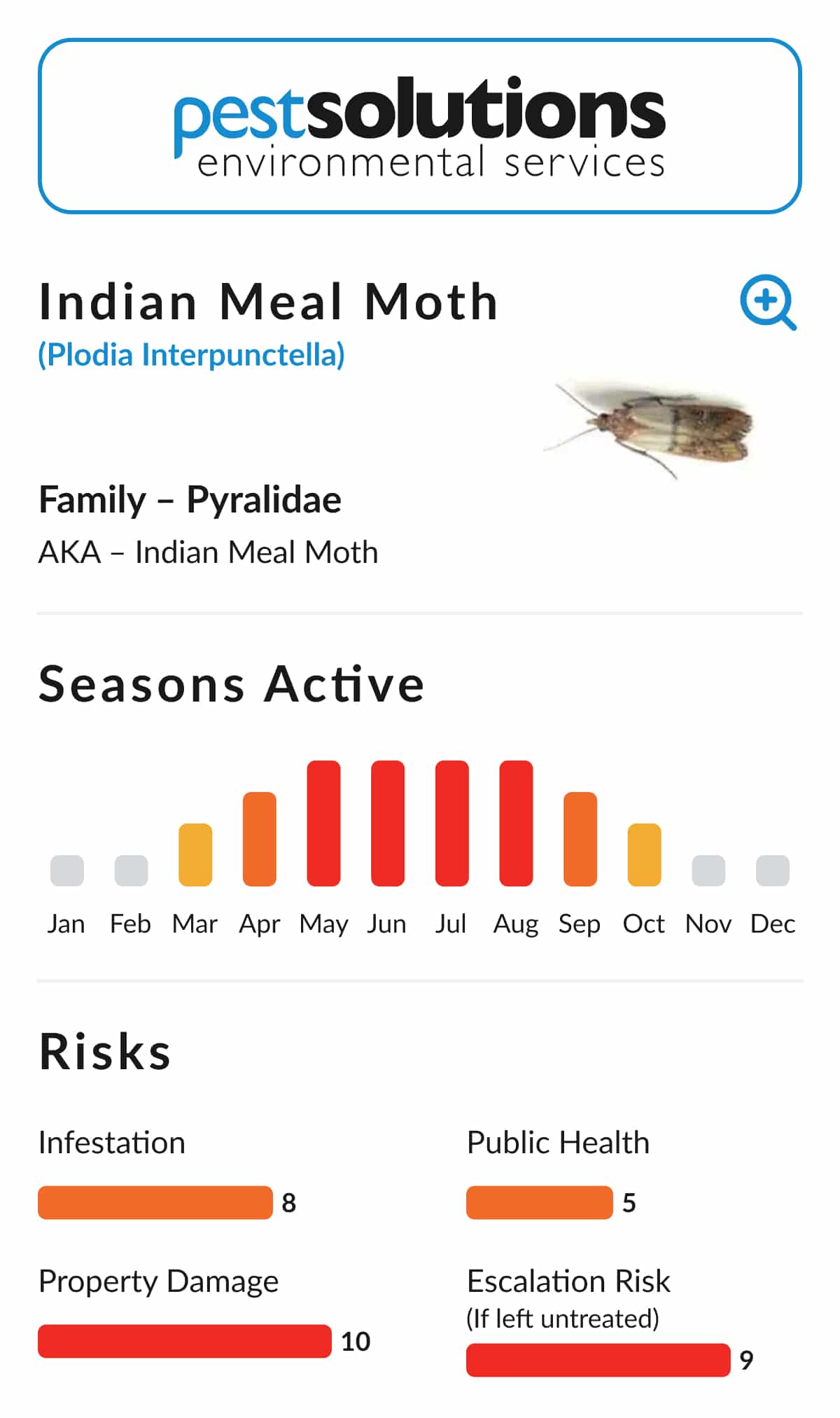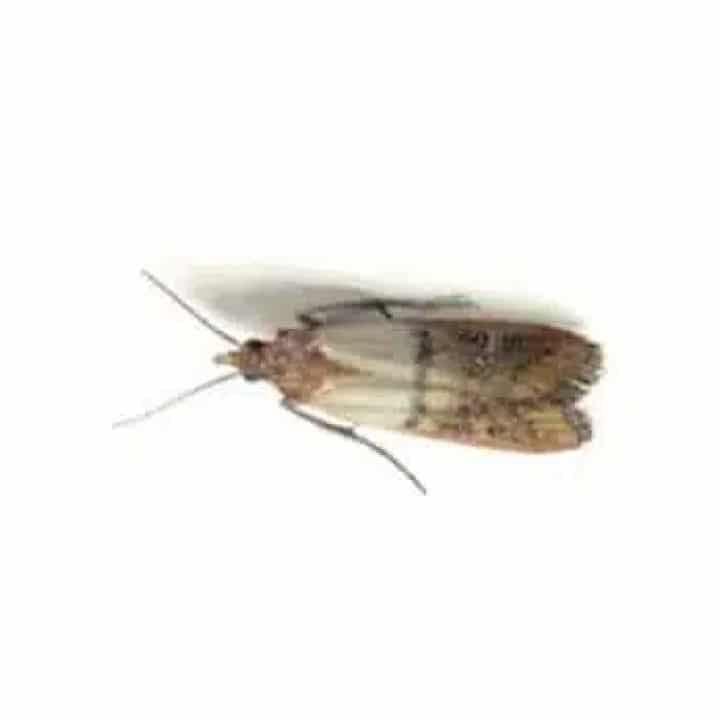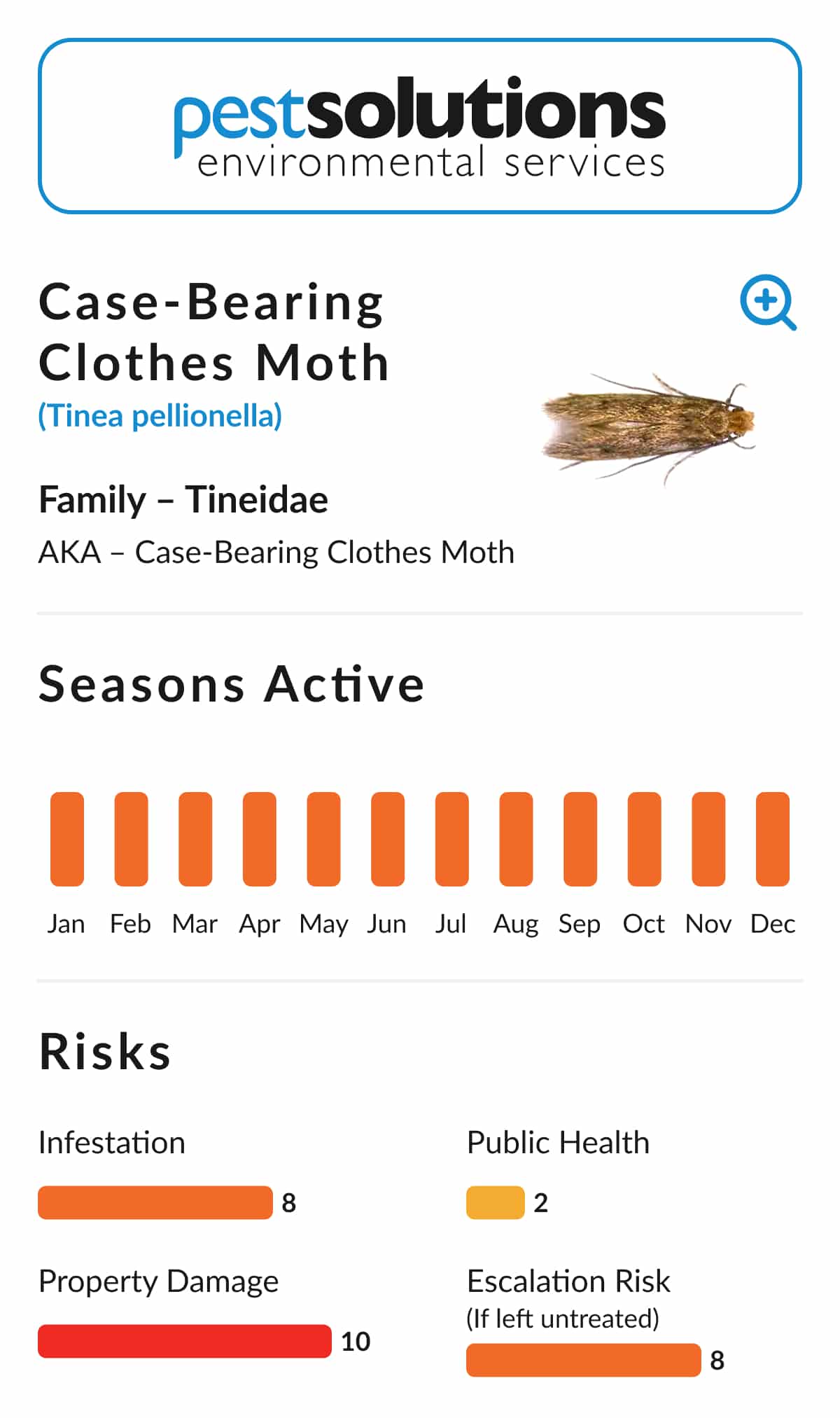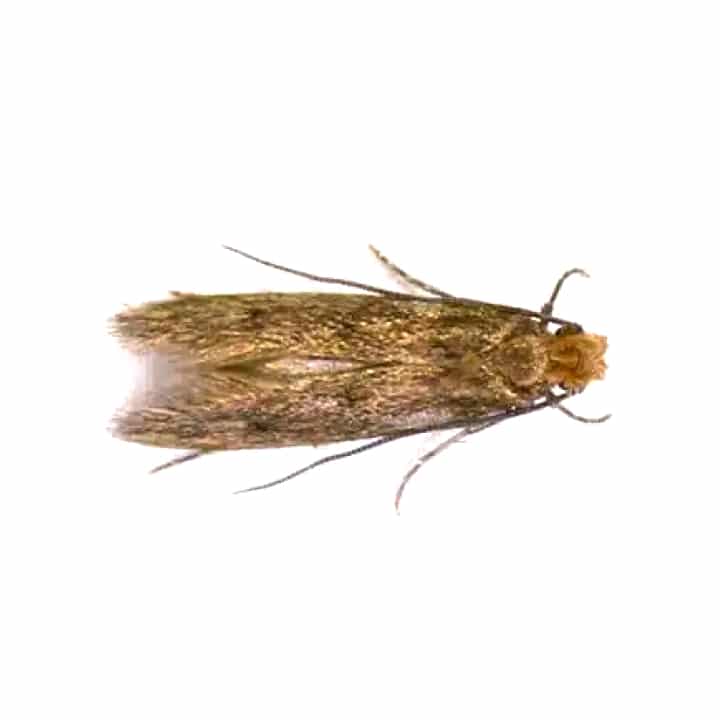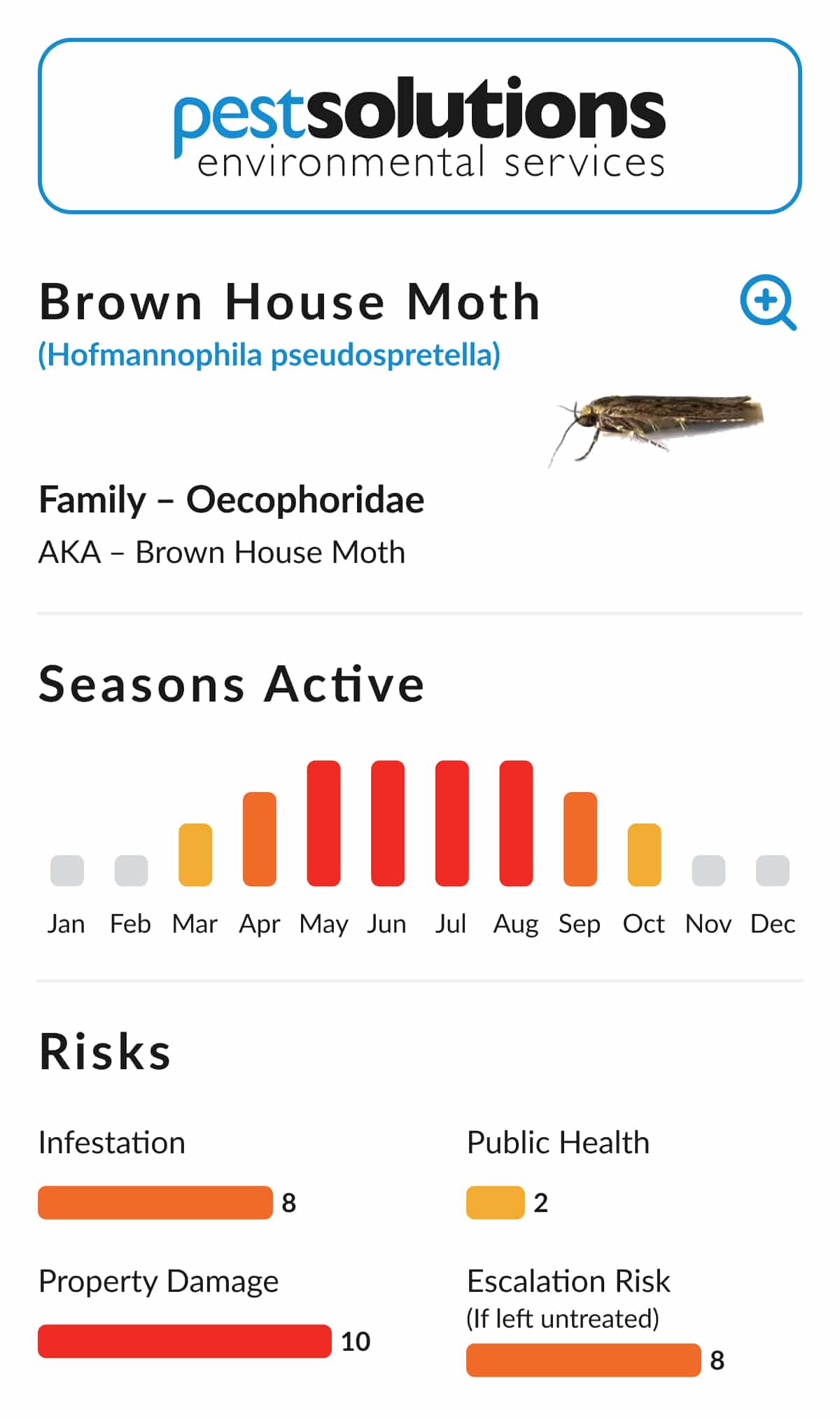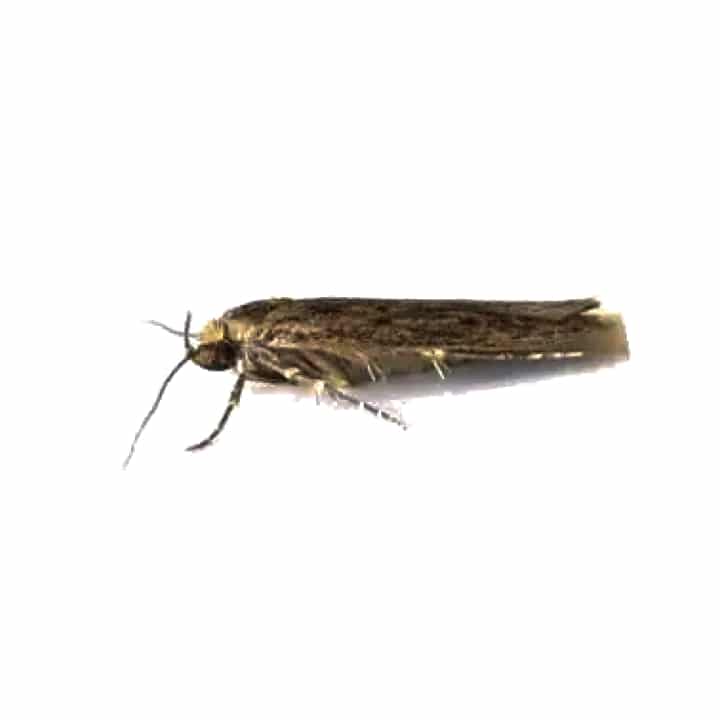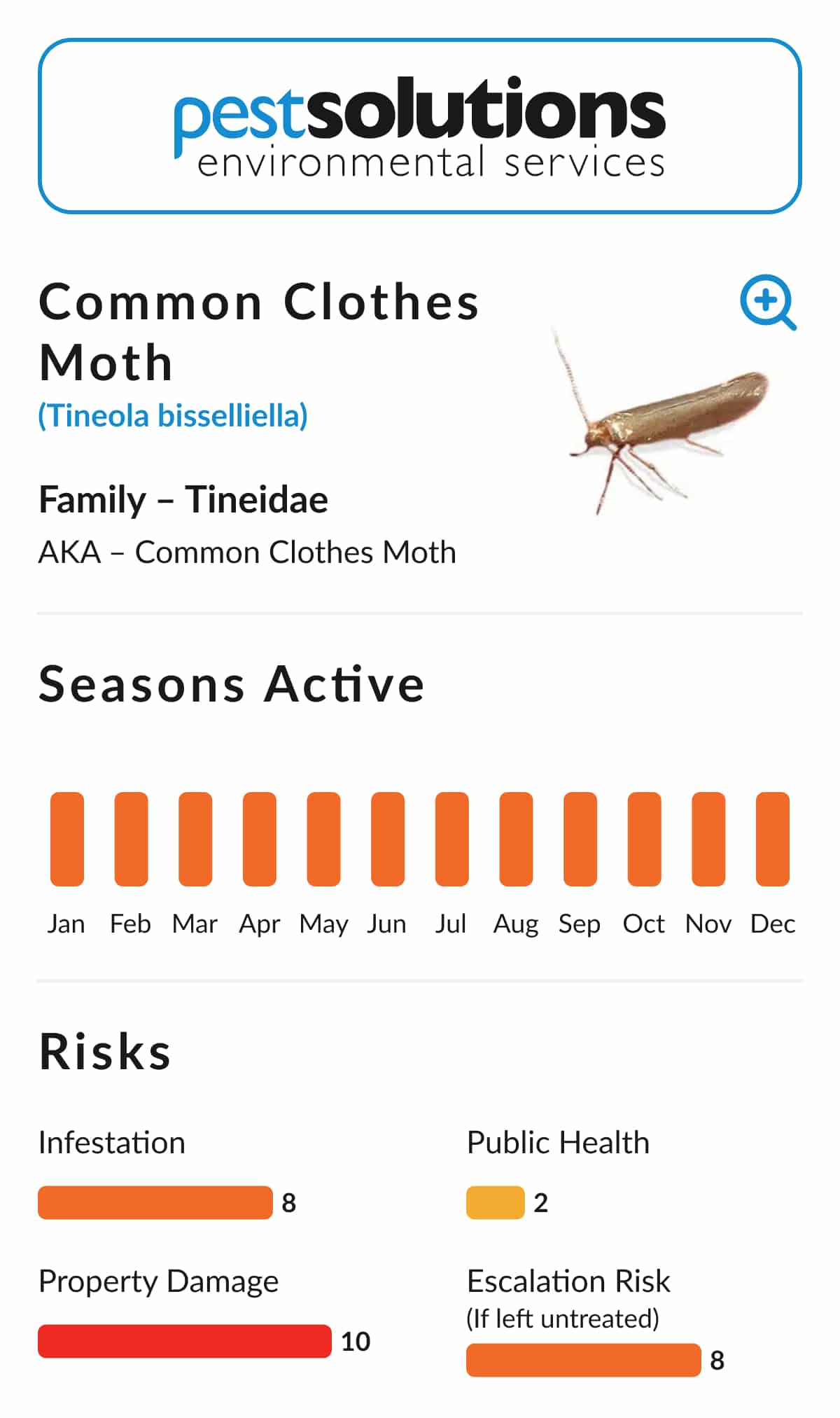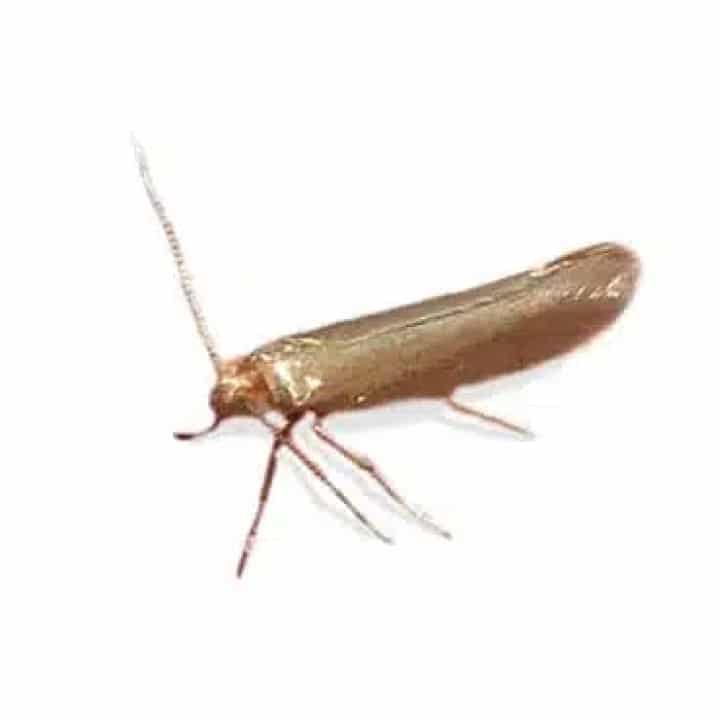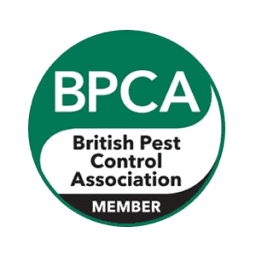Habitat and Distribution – Indian Meal Moth (Plodia interpunctella)
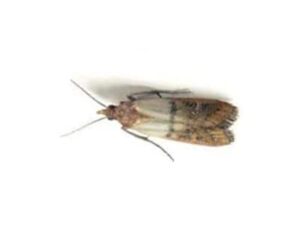
Because of their ability to survive winter by entering a resting phase, infestations can persist year-round in heated or sheltered buildings.
Biology – Indian Meal Moth (Plodia interpunctella)
The Indian Meal Moth can be easily identified by the colouring of its forewings. The inner third (closest to the body) is creamy or light-coloured, while the outer two-thirds are a copper or reddish-brown shade, giving the moth a distinct appearance.
The larvae vary in colour based on their food source, typically showing yellowish or pale greenish tones. Unlike some other stored product moth larvae, they do not have black speckling. One of their most significant biological traits is their ability to enter diapause, a form of dormancy that allows them to survive cold winters within buildings.
Why They’re a Problem – Indian Meal Moth (Plodia interpunctella)
Although less prevalent in the food industry than other stored product moths, the Indian Meal Moth is still a serious pest due to its association with imported food products. Its larvae are capable of contaminating a wide variety of human foods, both raw and processed. Their ability to diapause allows them to persist in cold conditions, making infestations difficult to eliminate without thorough control measures.
Control and Prevention – Indian Meal Moth (Plodia interpunctella)
Effective management of Indian Meal Moth infestations includes:
-
Monitoring: Use pheromone traps to detect the presence of adult moths and to time control treatments.
-
Fumigation: Infested commodities may require fumigation by a professional pest control contractor.
-
Residual insecticides: Apply approved residual sprays to structural surfaces to kill adult moths and prevent re-infestation.
Proactive monitoring and timely intervention are critical in preventing damage, particularly in facilities handling imported goods.
Professional Support – Indian Meal Moth (Plodia interpunctella)
If you’re dealing with an Indian Meal Moth infestation in a food storage or handling environment, professional assistance is essential. Pest Solutions provides expert pest control for all types of stored product insects, including tailored monitoring and treatment strategies.
Visit https://www.pestsolutions.co.uk to contact our team or arrange a pest inspection.
